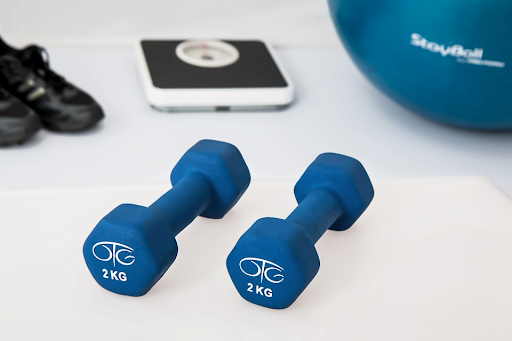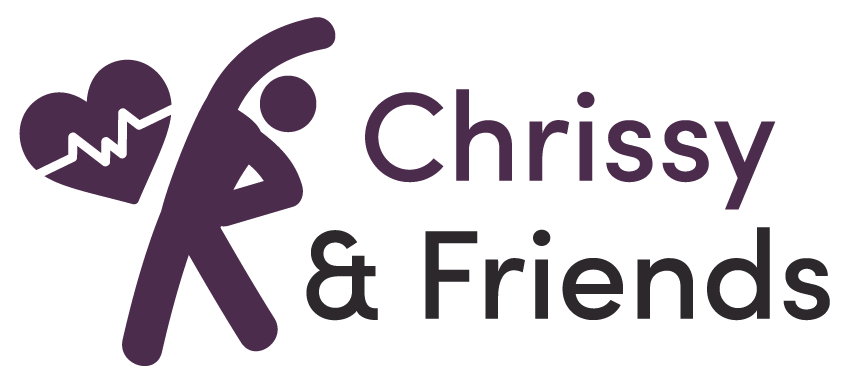The distinction between physiotherapy and physical therapy has been quite confusing in healthcare practice. Occasionally, they have been used to mean the same thing for various reasons. While there exists a thin line of differentiation between the two, it is appropriate that this gets clear. Witty practitioners for commercial gains have fueled the confusion. As the patient, it is essential to distinguish the two since this will inform decision making on the kind of therapy to seek as per your condition.
Is there a difference between physiotherapy and physical therapy?
The two terms have been used as similar for a long time. The trend is extending even to medical professionals. The two allied health entities serve the same purpose of maintaining a healthy lifestyle focusing on preventive care. One fact for sure is that they are slightly different in various aspects. Sometimes the differences are a factor of geography and socioeconomic status. In an ideal healthcare system, the differences are more vivid courtesy of advisory regulatory bodies in place.
These forms of alternative/complementary care have gained significant use in the management of chronic illness, injuries and associated pain as well as incurable diseases. Besides, they get recommended as an integrative approach in managing lifestyle diseases.
Physiotherapy applies extensive scientific knowledge about physiology to restore physical wellness in people suffering from injuries, severe pains and sometimes disabilities. Often, manual therapy is in the mix during treatment and is usually regarded as a rehabilitative modality.
On the other hand, physical therapy is a holistic approach involving a combination of actions to enhance physical well-being. It is an exercise based health procedure targeting specific goals. Some of the techniques applied include; exercise, massage, movement and body manipulations. There is much borrowing between the two, and sometimes you may not get a crystal clear difference between the two.
Physiotherapy vs. physical therapy

Following a keen observation and research on different literature regarding the two procedure, you can differentiate the two according to the following parameters
-
Qualification process and scope
Nothing is as precious as health, and one must get specific skills, meet given requirements for them to get certified to handle our health. Like other medical careers, there should be an elaborate education system baking the allied health workers for optimal results and treatment outcome. One has to pursue a university degree and learn the various skill to get certified as professional. To become a physiotherapist, you will undertake a five-year full-time course at an accredited university. During this period, one will learn the body anatomy, physiology, and experiment on different manipulations. The main focus is on how soft tissues affect body functions. Upon, completion, one registers as a chartered physiotherapist where regulatory bodies exist.
Physical therapy for a long time has been claimed to be an inbuilt gift that is intrinsic among a given group of people. There were several loopholes risking patients’ lives, and these prompted the need for training and regulation. At present, some higher learning institution offers part-time programs for the physical therapist to improves skills and stump ethical practice. Most of the topics overlap and this has raised questions of role duplication.
-
The approach
Although both works to improve health, there is a slight difference in their approach to treatment. People have now brought forward speculations that physiotherapy works focusing soft tissues. Physiotherapy is usually more centered on manual therapy. The practitioners work using their hands to improve the patients suffering alleviating agony. It is a hands-on technique. Besides, joint mobilizations and fascial release get used in physiotherapy to manage the various condition.
On the flip side, physical therapy is an exercise-based approach whereby the patients get guides on different physical techniques. The aim is to help strengthen muscles, enhance balance as well as coordination.
Physiotherapist applies three techniques; manual therapies, exercise programs, and electrotherapy techniques. These work in concert to bring relief. Also, muscle training and cardiovascular training applies. The physical therapist also uses the above therapies. However, electrotherapy modalities such as TENS decorates physiotherapy.
Currently, you may find a physical therapist use approaches described as a reserve for physiotherapist. Caution is necessary to find out that one is skilled to perform treatments using the various methods before entrusting them with our lives. Check out Healthmax Physiotherapy North York for the physiotherapy, chiropractic, RMT and various or physical therapies.
-
Target groups, the emphasis on treatment and expected outcomes
Physiotherapy is a rehabilitative therapy targeting the sick to avoid complications. Also, it enhances quick recovery to normal functions. Contrary, most people signing up for physical therapy are often of sound health. Usually, the motive is to improve the performance or prevent given illnesses. Physical therapy is a common thing among athletes. In the event of a prescription, lifestyle predisposition to diseases is commonly on the cards. The highly refined standards of living are prompting more need for proactive physical therapy in society.
While physiotherapy emphasizes restoring health, physical therapy advocates for a healthy lifestyle to prevent the occurrence of ailments. Physiotherapy focus on the patient and the specific condition thus each visit is considered unique requiring new assessment contrary to physical therapy which set off a one-time guideline that will be followed in treatment. It is a long-term project and results may require some level of patience.
-
Where to find the practitioners
The work environment is also a notable difference between the two professions. Physiotherapist and physical therapists practice in a different work environment. You will see them in the different setup as dictated by clientele. Where their work is mostly determined by the related need for such services.
While physiotherapists tend to localize in hospital-environment providing supportive care, physical therapists are well known to engage in private practice. You will find physiotherapy services integrated into public healthcare systems while most of the physical therapists are standalone private practitioners. Location of exercise is vital in determining insurance coverage. You can use some health covers to get physiotherapy services while most insurance companies don’t cover physical therapy.
Bottom line
Both physiotherapy and physical therapy are significant for various health condition management. The two should be promoted in enhancing general population health status.


